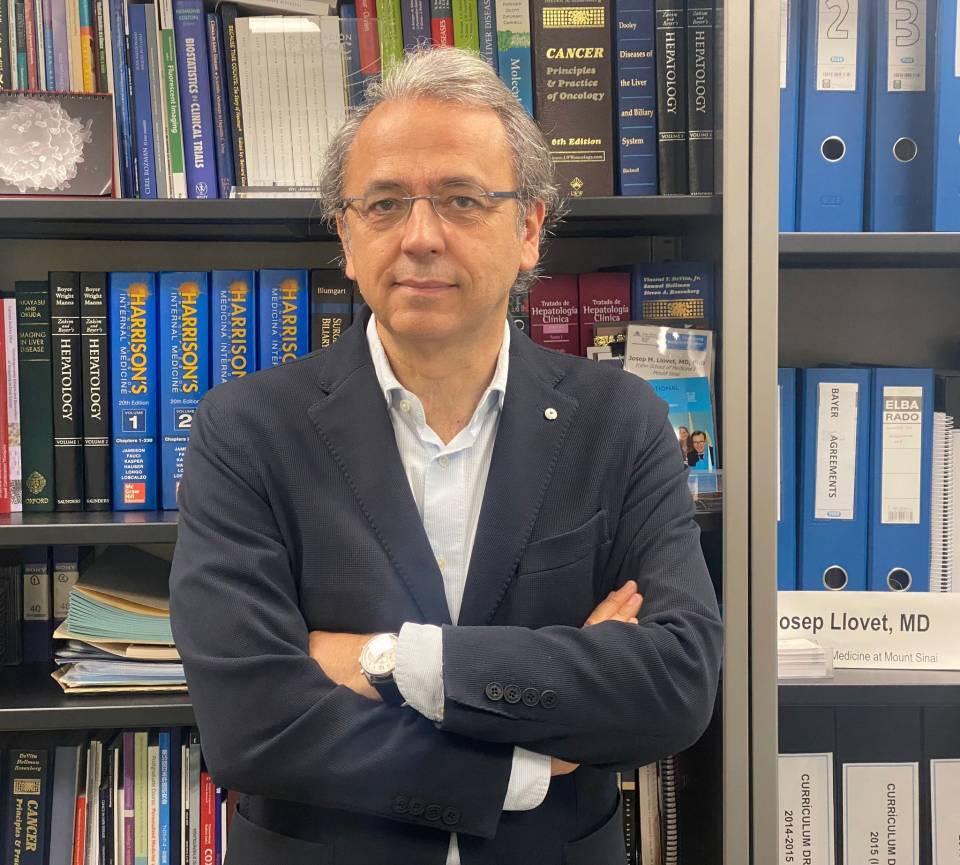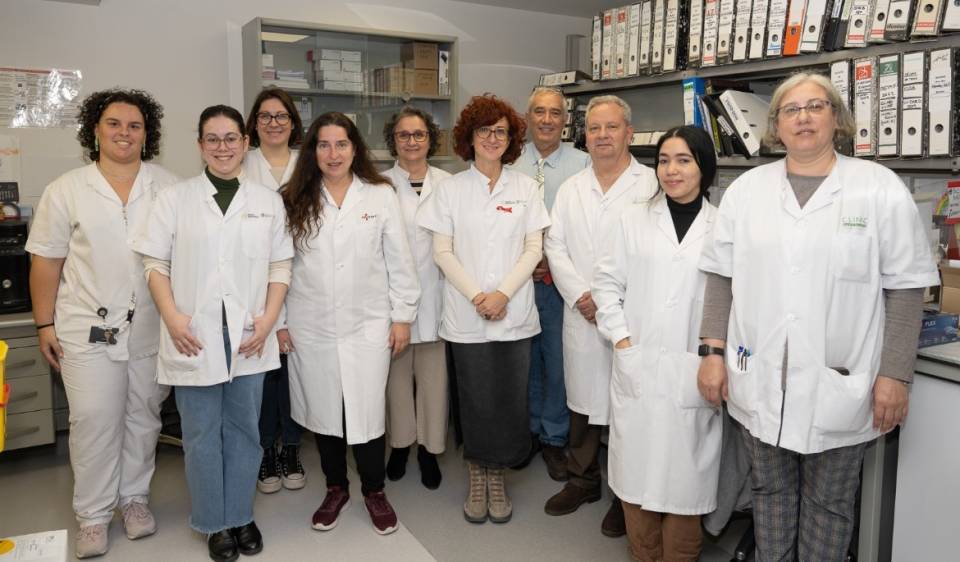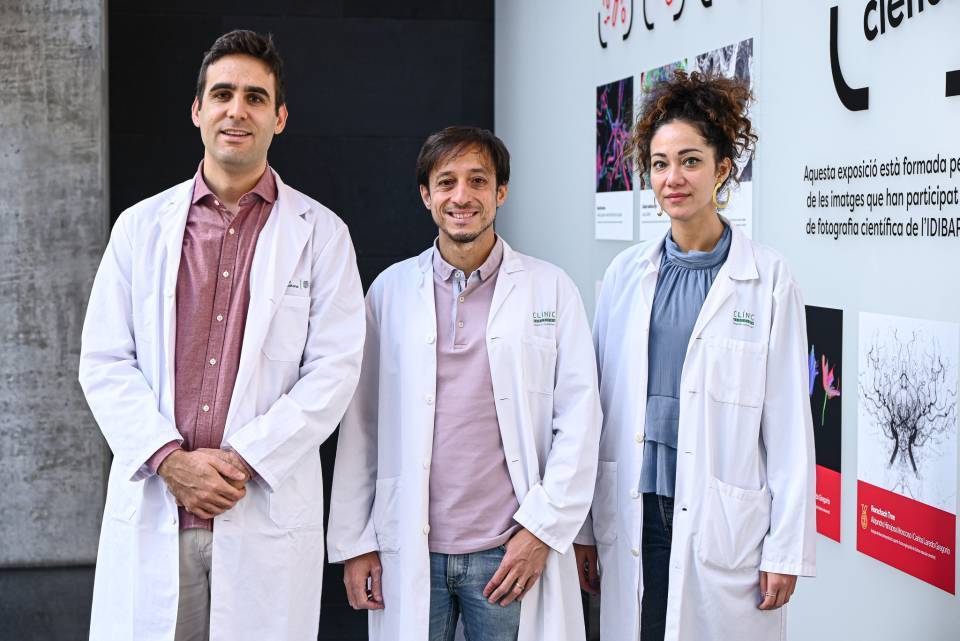The document, which compiles the latest evidence to optimize patient care and harmonize clinical practice across Europe, was developed by an international panel of specialists with the participation of Dr. Josep M. Llovet, head of the Translational Research in Hepatic Oncology group at IDIBAPS, Professor of Medicine at the University of Barcelona, ICREA professor, and Professor of Medicine at the Icahn School of Medicine at Mount Sinai.
Hepatocellular carcinoma: a growing disease
Hepatocellular carcinoma accounts for 80-90% of liver cancer cases and is the third leading cause of cancer death worldwide. Its incidence is rising in Europe and North America, mainly due to the increase in cirrhosis related to viral hepatitis, alcohol consumption, and metabolic diseases. Early diagnosis is crucial, as survival improves significantly in the initial stages.
Main innovations in the ESMO 2025 guideline
The new guidelines, published in the journal Annals of Oncology, introduce new recommendations that reflect the latest scientific advances and the need to provide more personalized care for patients with liver cancer. These innovations cover the entire care process, from surveillance and diagnosis to treatment and follow-up, aiming to optimize clinical outcomes, improve early detection, and tailor therapeutic options to each patient’s individual characteristics.
The main updates included in the guideline are:
- Personalized surveillance: Recommends ultrasound and alpha-fetoprotein checks every six months in patients with cirrhosis or high risk, adjusting the frequency according to individual profiles.
- More accurate diagnosis: Prioritizes the use of advanced imaging techniques (CT, MRI, contrast-enhanced ultrasound) and standardized criteria (LI-RADS) to improve the detection and classification of liver lesions.
- Innovative treatments: Includes the latest therapeutic options, such as immunotherapy (particularly atezolizumab + bevacizumab, durvalumab + tremelimumab) and targeted therapies, as well as new criteria for selecting candidates for liver transplantation or minimally invasive local treatments, such as radioembolization.
- Multidisciplinary approach: Reinforces the need to assess each case in multidisciplinary teams to adapt treatment to the characteristics of the patient and the disease.
- Standardized follow-up: Establishes protocols for the early detection of relapses and complications after treatment.
“These recommendations will improve the quality of care and life expectancy of patients with hepatocellular carcinoma,” says Josep M. Llovet.
Article reference:
Vogel A, Chan SL, Dawson LA, Kelley RK, Llovet JM, Meyer T, Ricke J, Rimassa L, Sapisochin G, Vilgrain V, Zucman-Rossi J, Ducreux M on behalfh of the ESMO Guidelines Committee. Hepatocellular carcinoma: ESMO Clinical Practice Guideline for diagnosis, treatment and follow-up. Ann Oncol. 2025 May;36(5):491-506. doi: 10.1016/j.annonc.2025.02.006.




